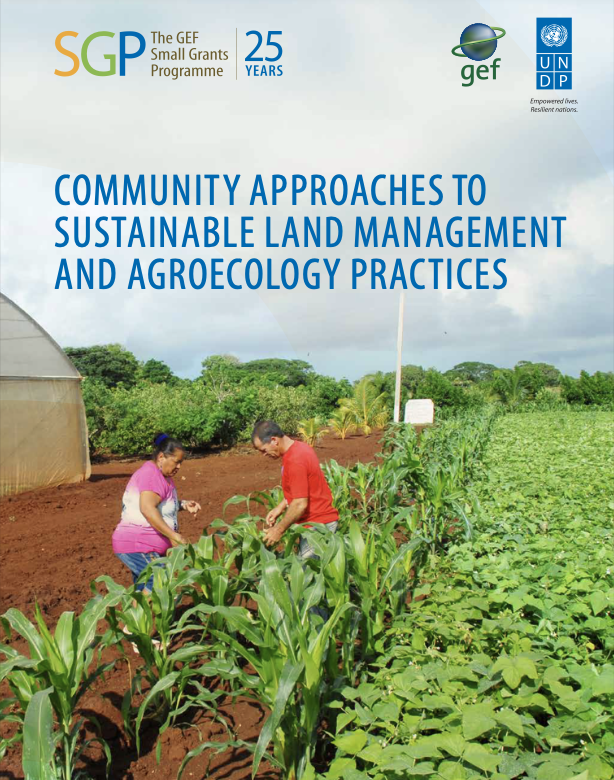Regulation on Combating Dust.
This Regulation consisting of 19 articles aims to regulate provisions on short-term and long-term plans to combat the harmful effects of dust in the country. The Regulation establishes the Committee to Combat Dust under the supervision of the Department of Environment.



